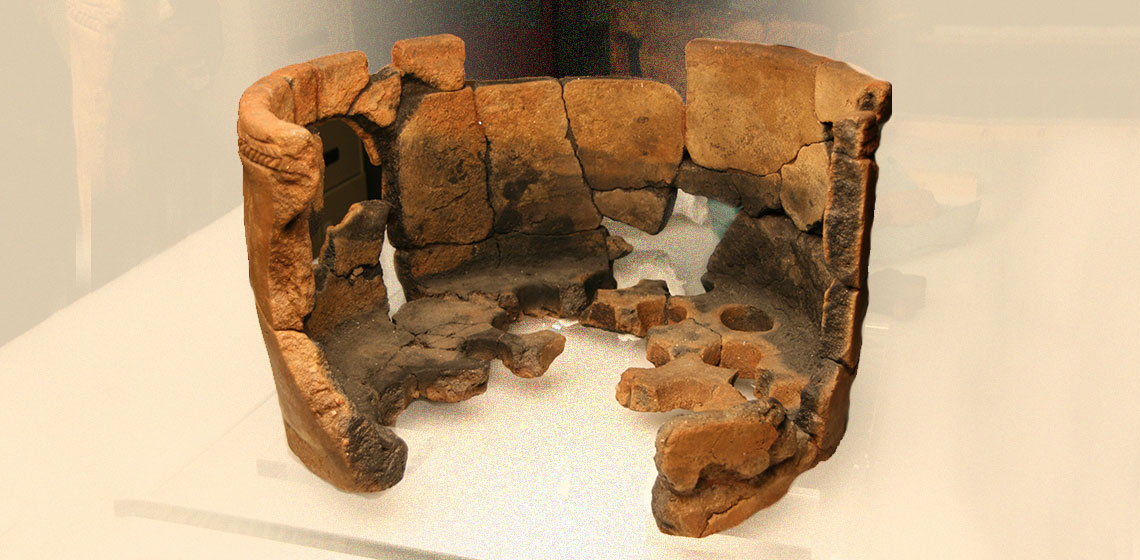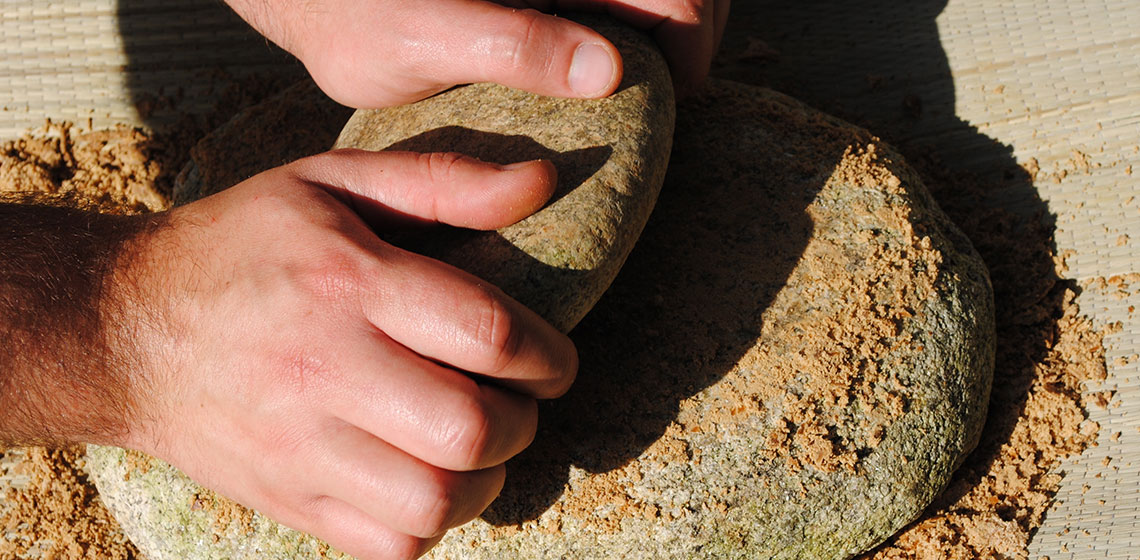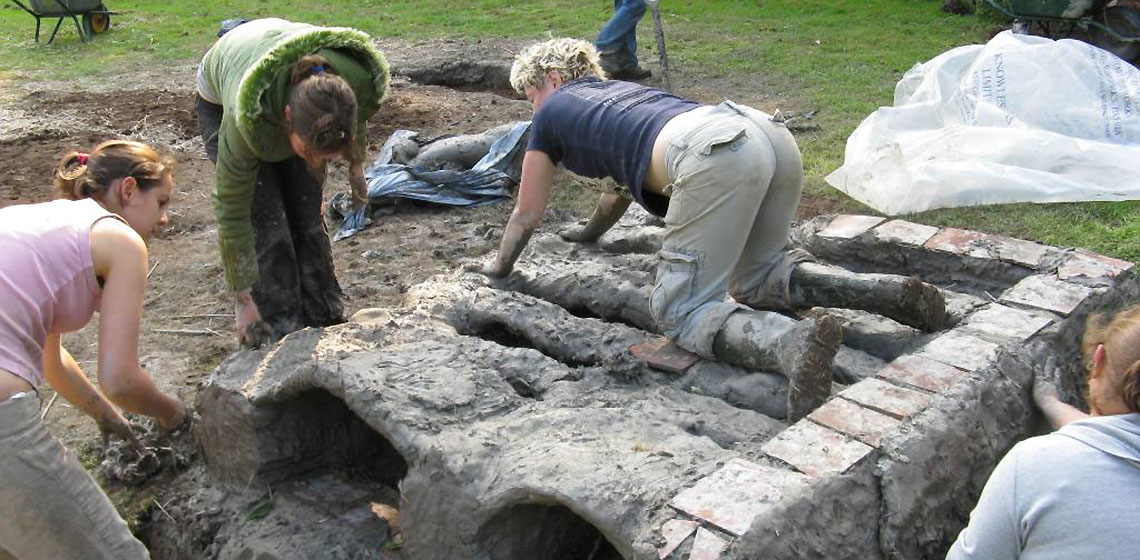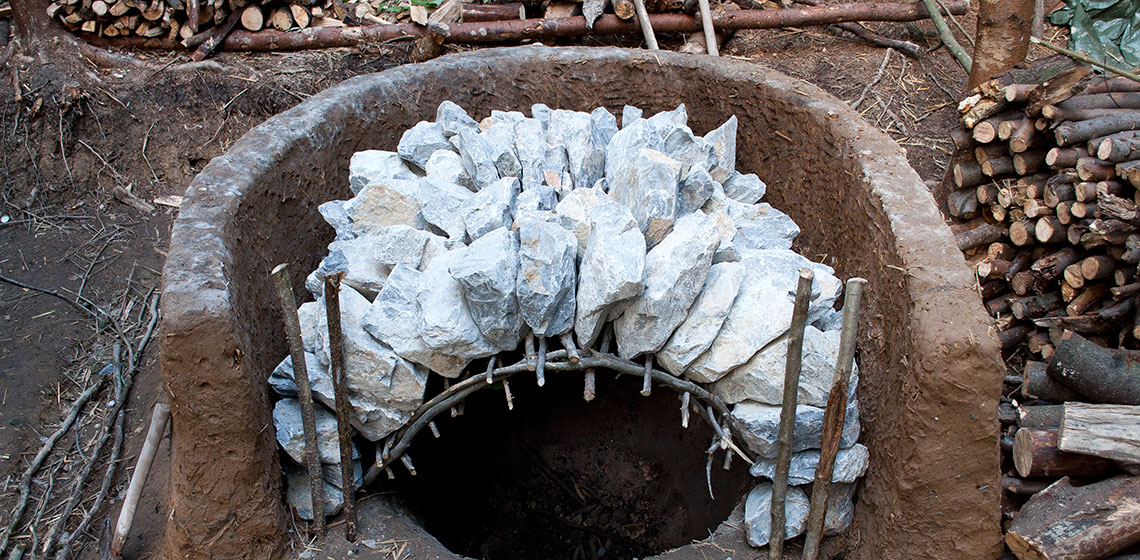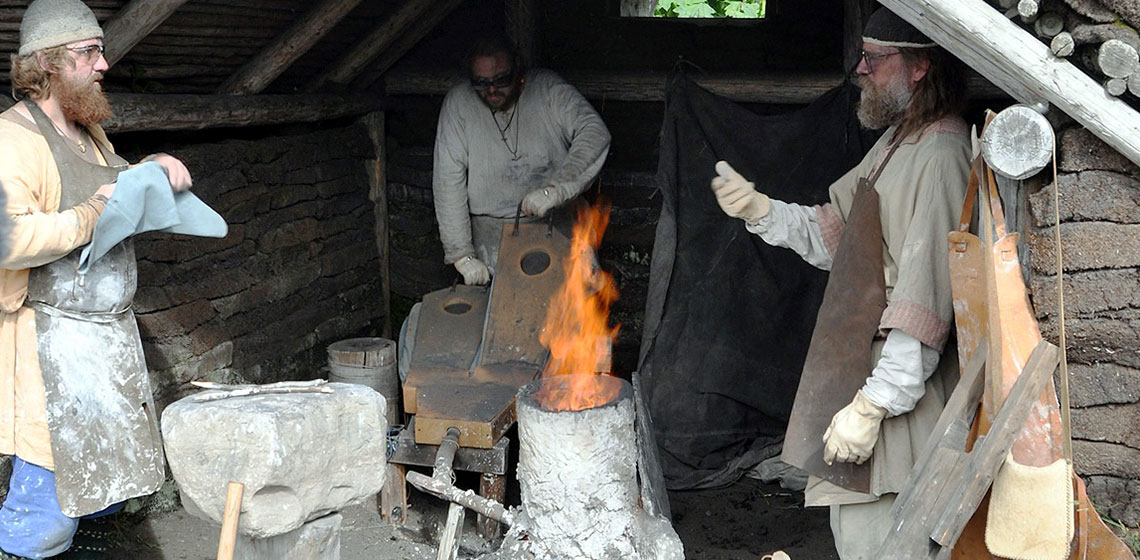The Registry of Memory Process Applied to Experimental Archaeology in a Castromao “Oven”
***Memory is the cognitive process that codifies, stores and retrieves past actions that are perceived in the present, generating our remembrances and perceptions of the past and informing our knowledge of the world around us (...) Applied to archaeology, memory can be understood as the marks or...

